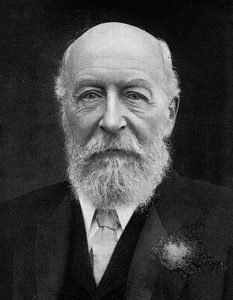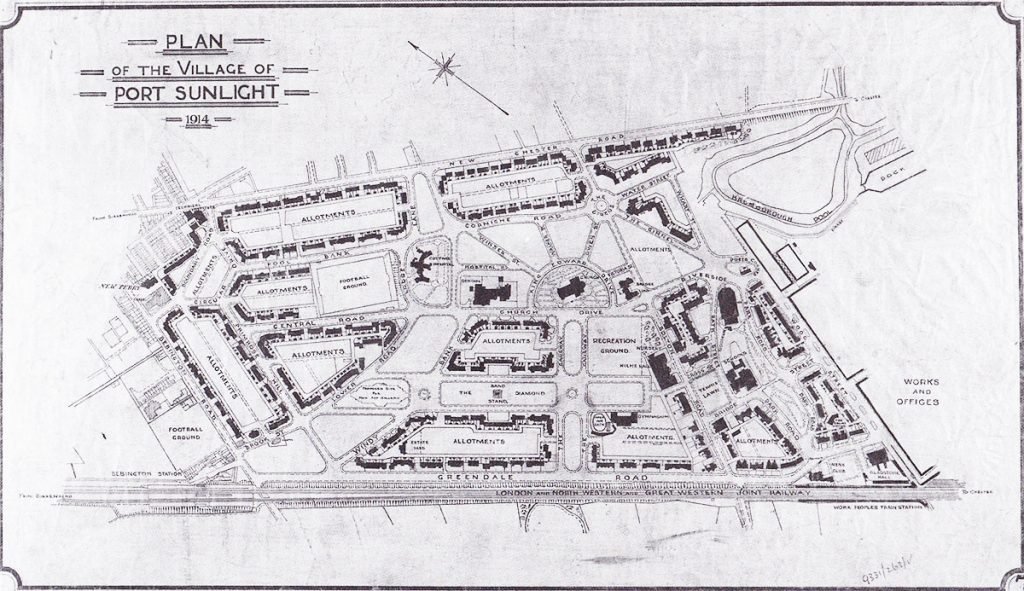Philanthropy and business are sometimes presented as if they are entirely separate from one another, but in reality the lines between making money and giving it away have often been distinctly blurred throughout history, as people have found novel ways to combine profit and purpose.
As far back as 1361, on his death from plague, the Bishop of London Michael Northburgh left 1,000 silver marks to establish a fund in old St Paul’s Cathedral that would not make grants, but rather offer interest-free loans on pawned objects, which had to be repaid within one year or the goods would be sold.

In the late 17th century, meanwhile, the London merchant Thomas Firmin set up a number of projects “for the imploying of the poor”, where he ran deliberately loss-making businesses in which spinners and weavers were paid well above the going market rate. It was said that he viewed these projects as “thrifty philanthropy rather than ordinary business”. The desire to combine business and philanthropy was in fact so widespread in the 18th century that the merchant James Hodges lamented:
“Any proposals for publick benefit, at the expense of private purses, without any visible return, must probably make but a small progress”

One group notable for combining business with philanthropy were the Quakers. Many big name companies and brands that still exist to this day have their roots in Quaker-owned family companies; e.g. Cadburys and Rowntrees in the world of confectionery or Barclays and Lloyds TSB in the world of banking. Figures like Elizabeth Fry, George Cadbury and Joseph Rowntree became renowned for their giving and social campaigning; which was often inextricably linked to their commercial activities.

The creation of new accommodation and facilities for employees and their families was a prominent focus for the philanthropy of Quakers as well as other business leaders. Cadbury created the model village of Bournville to house his workers; likewise Joseph Rowntree had New Earswick, Titus Salt had Saltaire and William Lever built Port Sunlight, among others. These new villages combined decent quality housing with suitably-improving leisure amenities such as museums and gardens, and were vastly superior to the majority of the cramped housing found in larger urban areas at the time. In many cases, however, this came at the price of additional controls on the lives of workers- such as the prohibition of alcohol or the introduction of curfews.

Housing was also the focus of a different business-informed approach to philanthropy known as “percentage philanthropy” (or “4 per cent philanthropy”). This was where donors like Octavia Hill and Edward Guinness would build decent-quality affordable housing in urban areas and then charge the working classes below-market rents to live in them, so the properties would deliver some financial return and the discount would be seen as the philanthropic element.
Today there is a growing trend towards “social enterprise” or “social investment” approaches that seek to combine social and financial return. Often this is presented as an unprecedented new innovation, but in fact it is clear that there is a rich history stretching back many years of people finding ways to bring business and philanthropy together.
